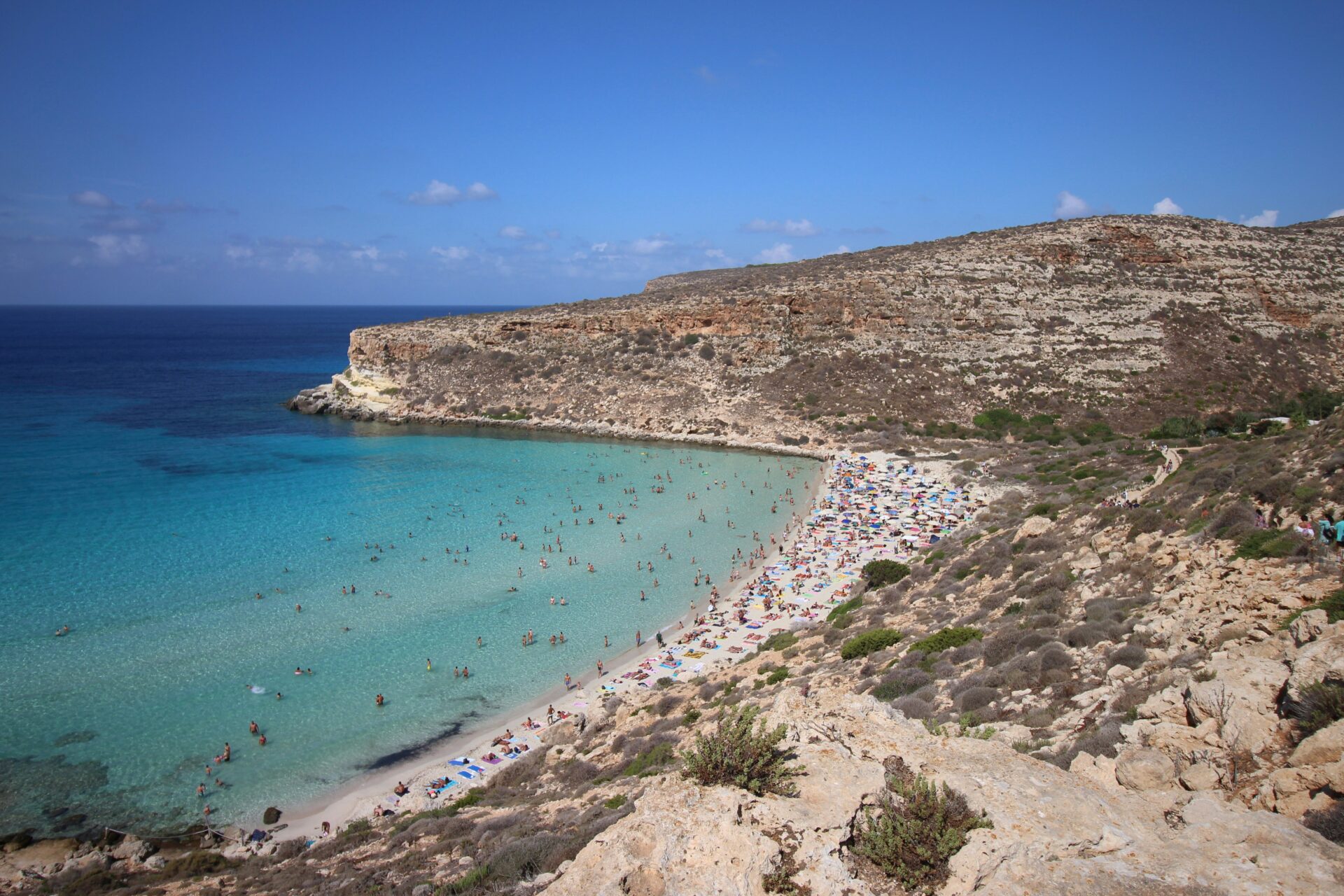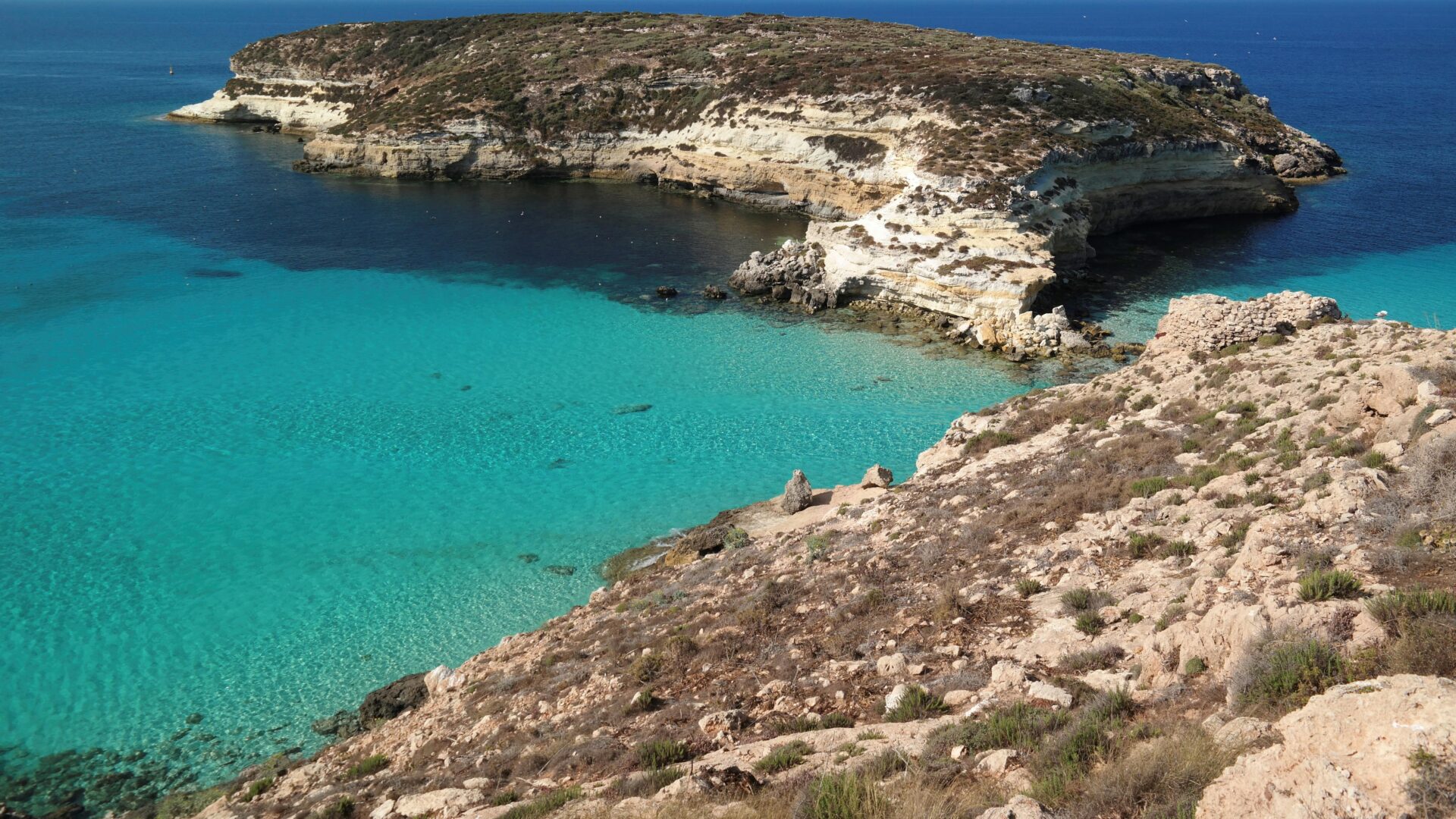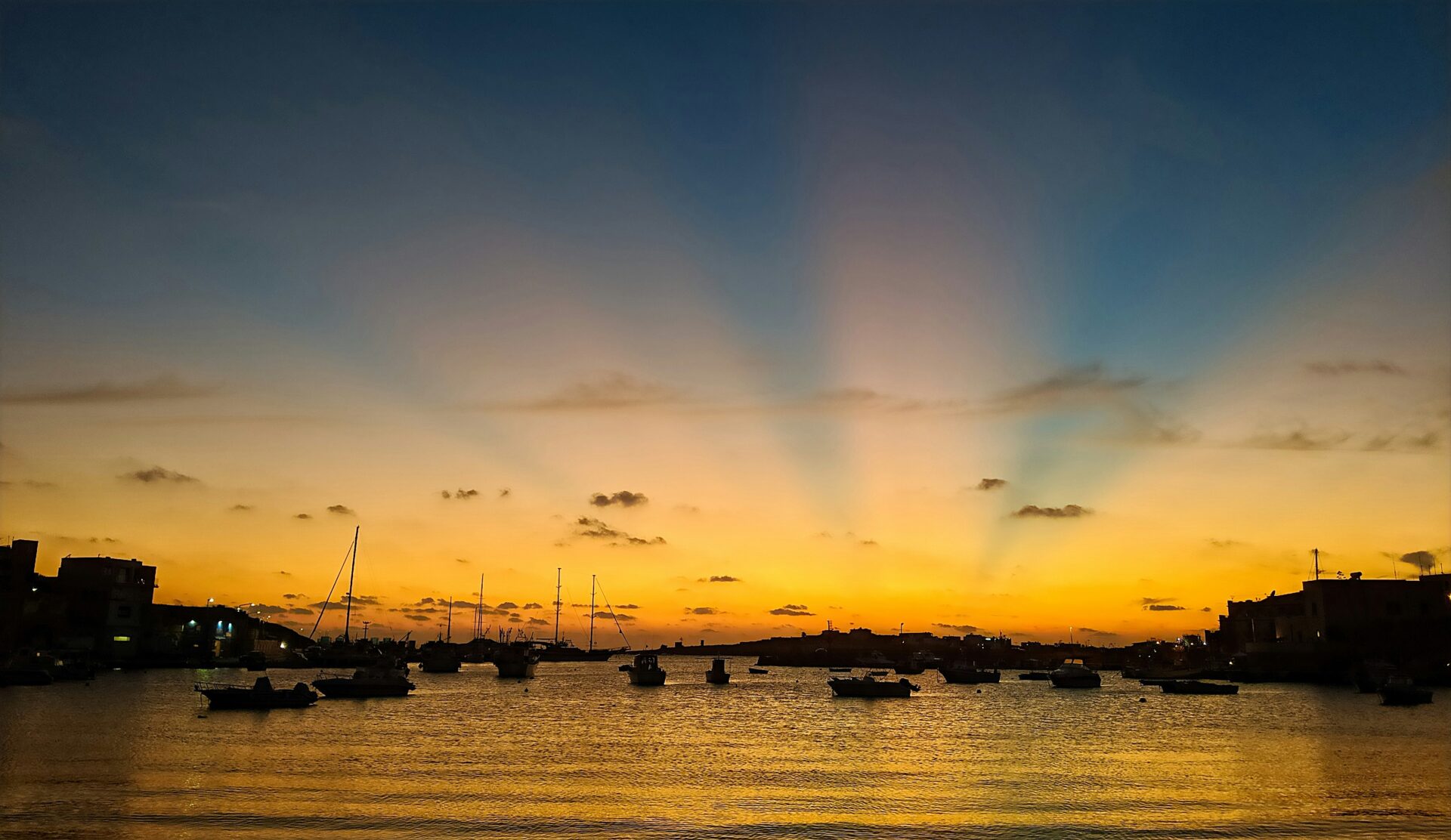Last summer, I had one of those magical moments you just don’t forget, right off Sicily’s coast. The instant I dipped my face into those crystal-clear Mediterranean waters, a gentle loggerhead sea turtle drifted past, gliding through the blue like it owned the place.
Swimming with these magnificent creatures at Italy’s southernmost beaches gives you an unforgettable wildlife encounter—it’s natural beauty and conservation all rolled into one.
The beaches near Noto in eastern Sicily are perfect for turtle encounters. White sand, see-through water—you get the idea. I’d heard about the Sicily Wildlife Fund’s turtle conservation work, but I never expected to see the results up close.
Those protected loggerheads seemed totally relaxed, sharing their underwater world with us for a few precious minutes.
What really got me was the way the experience balanced adventure with genuine respect for these ancient animals. Local guides kept reminding us to stay calm and keep our distance. The turtle population here has made a real comeback, and several beaches now serve as important nesting grounds.
If you’re eyeing an Italian coastal trip for summer 2025, put this on your list. Just a heads up: these eco-friendly tours book up fast!

Discovering Italy’s Southernmost Beach
When my feet finally touched the warm sand of Lampedusa, I realized I’d stumbled onto a real slice of paradise. This remote island offers pristine beaches, turquoise waters so clear they almost look fake, and that authentic Italian vibe you just can’t find on the mainland.
Location and How to Get There
Lampedusa is Italy’s southernmost island, floating out in the Mediterranean. It’s actually closer to Africa than Sicily, just about 70 miles north of Tunisia.
That remote setting is a big part of its wild beauty and unique feel.
Getting to Lampedusa takes a bit of planning. Most people fly into Lampedusa Airport from Rome, Milan, or Palermo.
The flight from Sicily is only about an hour.
You can also take a ferry from Porto Empedocle in Sicily, but that trip takes several hours. In the summer, more ferries run to handle the crowds.
I’d book your travel well ahead of time, especially if you’re coming during peak summer (June-August). Even with its popularity, Lampedusa keeps its authentic charm.

What Makes Lampedusa Special
Rabbit Beach is the island’s crown jewel. It’s always popping up on lists of the world’s most beautiful beaches.
The water here is almost unreal—a gradient of blues and turquoise that doesn’t seem possible.
This place is famous for its white sand and as a nesting spot for loggerhead sea turtles. Swimming here means you might just spot one gliding by.
The port town is charming in that classic Mediterranean way. White houses, blue windows, flowers everywhere, and those narrow sunny streets that suddenly open up to sea views.
Fishermen’s boats bob gently in the harbor. The island’s remoteness keeps the crowds down, even in summer.
You can always find a quiet corner to soak up the sun and sea.
Local seafood restaurants serve up the catch of the day. The islanders hold onto their traditional way of life, which feels rare these days in Italy’s tourist hotspots.

Preparing for a Turtle Swim Adventure
Swimming with turtles in Italy isn’t something you just wing. The right spot, good planning, and a few essentials make the whole thing memorable—and respectful to the turtles.
Finding the Best Sandy Beach
Turns out, southern Sicily is one of the best places in Italy for turtle watching.
The white sand beaches near Noto in eastern Sicily are especially good for it. Groups like the Sicily Wildlife Fund regularly release loggerhead turtles at San Lorenzo beach.
When I look for a good spot, I go for beaches with gentle slopes and clear water. Less crowded areas usually mean more turtles.
Locals pointed me toward protected coves where turtles like to hang out.
Parking can get tricky in summer, so I suggest arriving early. Some beaches have paid lots, others just a few street spots.

Making Reservations and Arrangements
I learned fast: don’t try to swim with turtles on your own. Book a guided tour for safety and to make sure you’re not disturbing the animals.
The guides know turtle behavior and keep things respectful.
Most good tour operators in Sicily want you to book at least 1-2 weeks ahead during high season. Prices usually run €50-80 per person, which covers equipment and a guide.
When I book, I always ask about group size (smaller is better), how long the tour lasts, what’s included, cancellation policies, and if they support conservation.
Many tours help fund turtle protection, so your adventure actually does some good.

Packing the Essentials
After a few trips, I’ve got my turtle swim packing list down.
Must-haves:
- Rash guard (for sun and scratch protection)
- Reef-safe sunscreen
- Underwater camera with a wrist strap
- Quick-dry microfiber towel
- Water shoes for rocky entries
I like to bring my own snorkel mask for comfort, but most tours have gear.
A waterproof bag keeps my stuff dry, and I always bring extra water and snacks for after the swim.
Cash is handy for unexpected expenses and tipping guides who go above and beyond.
Most beaches are pretty basic when it comes to facilities, so I plan ahead.

My Unforgettable Experience Swimming with Turtles
The warm Italian waters gave me one of those rare, magical moments—face-to-face with these gentle marine creatures. It was adventure, calm, and a deep connection with nature all at once.
Entering the Crystal Clear Water
The morning sun sparkled on the Mediterranean as I stepped onto the sand at Italy’s southernmost beach.
I fiddled with my snorkel mask, feeling that nervous excitement you get before something big.
Marco, our guide and a local marine biologist, gathered our little group for a quick safety rundown.
“Keep your distance,” he said. “These turtles have been here for decades.”
The water felt cool and inviting as I waded in. I could see right down to the sandy bottom.
Little fish zipped past my legs—a good sign for the lively ecosystem below.
Marco picked a perfect day: calm seas, no wind, ideal for first-timers like me.

Encounters with the Turtles
About fifteen minutes into the swim, Marco waved us over.
There it was—my first turtle, gliding through the water like it had somewhere to be.
Its shell caught the sunlight as it dove deeper.
I kept my distance, just watching, completely mesmerized.
When it stopped to check out some seagrass, I floated nearby, barely making a sound.
“That’s Rosa,” Marco told us when we popped up for air. “She’s about 70 and comes back every summer.”
We spotted three more turtles during our two-hour swim. Each had its own shell pattern and personality—some seemed curious, others just focused on their lunch.
It felt wild and intimate at the same time, nothing like seeing them in an aquarium.

Snorkeling and Wildlife Spotting
Besides turtles, the underwater world was full of surprises.
Schools of silver fish swirled around, almost like a dance.
Bright orange and red starfish dotted the sand, popping against the pale background.
My underwater camera captured some epic moments—my Tripadvisor post later got a bunch of comments.
“The visibility was incredible,” I wrote. “Even newbies will feel at home in these waters.”
The tour company’s snorkeling gear worked great.
Marco pointed out all sorts of creatures:
- Tiny octopuses blending into the rocks
- Striped sea bream darting through seagrass
- Even a shy moray eel peeking out from its hideout
If you’re thinking about doing this, I’d go for a morning tour. The water’s calmer and the turtles are more active.
Those memories? I think they’ll stick with me for life.

Exploring Rabbit Beach and Beyond
Rabbit Beach on Lampedusa Island totally blew me away with its clear waters and soft sand. This spot, right at Italy’s southern tip, is more than just a pretty view—it’s a wildlife haven and a dream for travelers craving unspoiled beauty.
Highlights of Rabbit Beach
Rabbit Beach (Spiaggia dei Conigli) really does live up to the hype.
The water is so blue and transparent, it almost doesn’t look real.
I got lucky when I visited in early summer and saw loggerhead turtles coming ashore.
They nest here every year, making it a real treat for wildlife lovers.
The beach sits in a sheltered cove, and you have to hike a bit to get there. That adds to its secluded vibe.
Even though it won TripAdvisor’s Travelers’ Choice for best beach, I never felt crowded.
Sometimes you’ll spot little rabbit colonies nearby, which explains the quirky name.

Other Notable Beaches in the Area
While Rabbit Beach was my favorite, Lampedusa has a bunch of other gorgeous spots.
I took a short boat ride and found hidden coves you can only reach from the water.
These hidden gems had perfect snorkeling—sometimes you could see 30 feet down.
Cala Pulcino stood out with its dramatic rocks and emerald water. It’s smaller than Rabbit Beach but just as stunning, and usually less busy.
For sunset, I liked Cala Guitgia. It’s closer to town, has more amenities, but still keeps that wild Mediterranean look that makes the Pelagie Islands so special.

Making the Most of Your Day at the Beach
Southern Italy’s beaches offer way more than just turtle spotting. A little planning goes a long way—good food, comfort, and a day to remember.
Dining at Local Restaurants
After a morning swimming with turtles, I was starving. The area has several family-run restaurants serving fresh seafood straight from the sea.
My favorite was a tiny trattoria steps from the sand, where I had spaghetti alle vongole that tasted like summer itself.
For a quick bite, you’ll find places selling arancini (fried rice balls) and panelle (chickpea fritters). These are perfect beach snacks.
You have to try the local lemon granita—icy, tart, and perfect for cooling down. Most spots offer outdoor seating with sea views, so lunch feels like part of the adventure.

Tips for a Comfortable Visit
Try to arrive early—especially in summer, when the beach gets crowded fast. I showed up around 8:30 AM and managed to snag a great spot.
Beach essentials:
- Water shoes (the shoreline gets pretty rocky in places)
- Reef-safe sunscreen (good for your skin and for the turtles)
- Snorkeling gear (you can rent some, but I prefer bringing my own)
- Cash (lots of smaller vendors won’t take cards)
Shade is tough to find here, so bringing an umbrella really saved me from the Mediterranean sun. Most people clear out for lunch between 1 and 3 PM. That’s honestly the best time to relax and maybe spot a turtle or two without the crowds.
July and August bring the warmest water, but swimming in May or September feels just as nice and you get more space to yourself. Mornings seem ideal for turtle sightings—the water’s calmer and you might just get lucky.

